Home>Gardening & Outdoor>Garden Tools & Equipment>How To Remove Gas From A Lawnmower
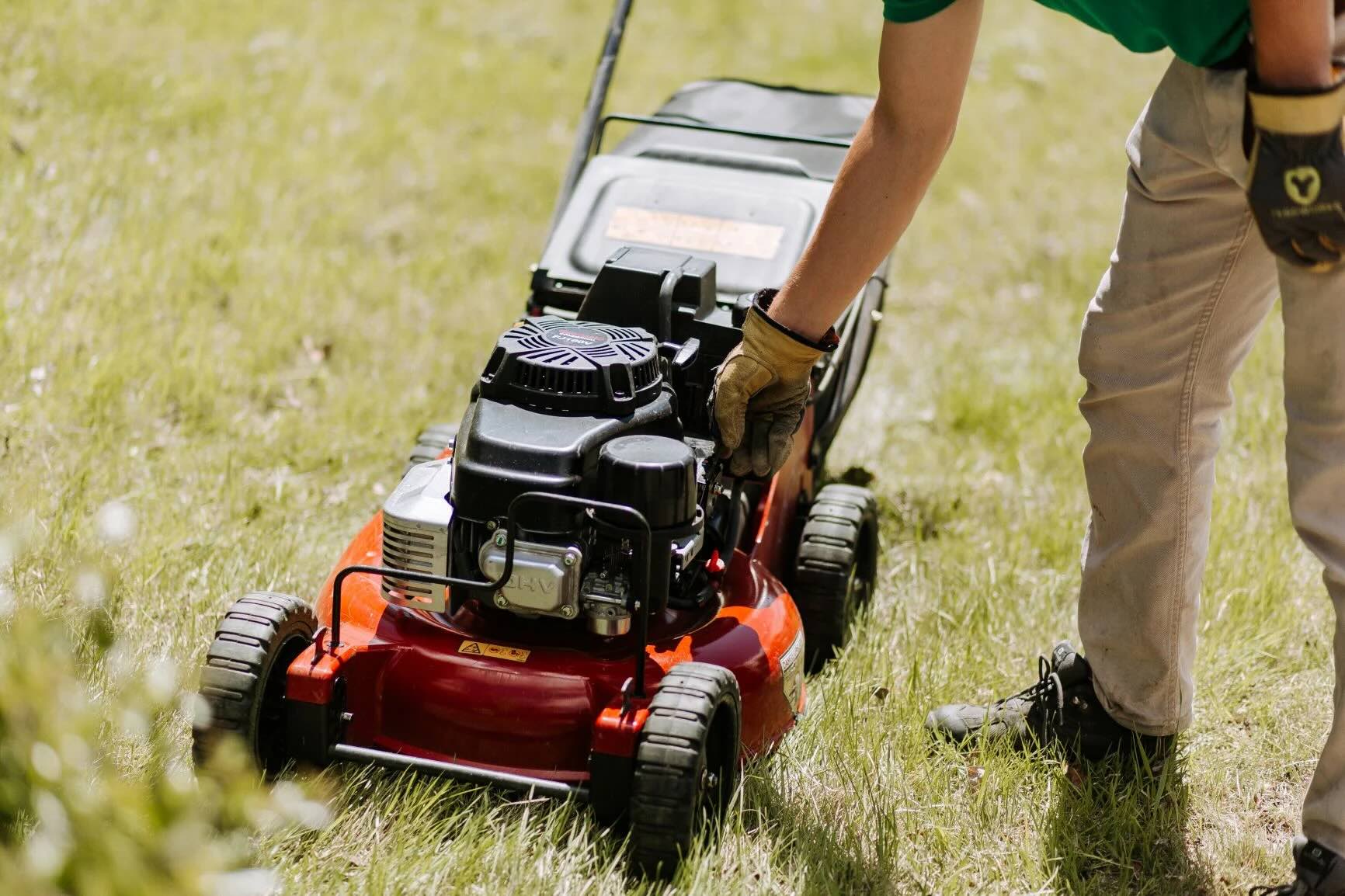

Garden Tools & Equipment
How To Remove Gas From A Lawnmower
Modified: March 2, 2024
Learn how to effectively remove gas from your lawnmower with our expert tips. Keep your garden tools and equipment in top condition with our helpful guide.
(Many of the links in this article redirect to a specific reviewed product. Your purchase of these products through affiliate links helps to generate commission for Storables.com, at no extra cost. Learn more)
Introduction
When it comes to maintaining a lawnmower, one of the essential tasks is removing old gas from the system. Over time, gas can degrade, leading to starting issues and potential damage to the engine. Whether you’re preparing your lawnmower for winter storage or simply need to replace old gas, knowing how to remove gas from a lawnmower is a valuable skill for any lawn care enthusiast. In this comprehensive guide, we’ll walk you through the step-by-step process, ensuring that your lawnmower is ready to tackle the next mowing season with ease.
Before diving into the specific steps, it’s important to note that safety should always be a top priority when working with gasoline. Gasoline is highly flammable and should be handled with caution. Additionally, proper disposal of old gas is crucial for environmental safety. By following the guidelines outlined in this guide, you’ll not only protect your lawnmower but also ensure your own safety and the well-being of the environment.
Now, let’s explore the detailed steps to safely and effectively remove gas from your lawnmower, setting the stage for optimal performance and longevity of your trusty yard companion.
Key Takeaways:
- Safely removing old gas from your lawnmower is crucial for its performance and longevity. Follow safety precautions, drain the gas tank, clean the fuel system, and refill with fresh gas for optimal results.
- Prioritize safety, drain old gas, clean the fuel system, and refill with fresh gas to ensure your lawnmower’s reliability and efficiency. Proper maintenance saves time and money in the long run.
Read more: How To Remove A Spark Plug From A Lawnmower
Step 1: Safety Precautions
Prior to beginning any work on your lawnmower’s fuel system, it’s crucial to prioritize safety. Handling gasoline and working with the internal components of a lawnmower requires careful attention to prevent accidents and ensure a smooth process. Here are the essential safety precautions to observe:
- Work in a Well-Ventilated Area: Before starting any work, move your lawnmower to a well-ventilated outdoor space. This will minimize the inhalation of gasoline fumes and reduce the risk of ignition.
- Wear Protective Gear: Put on safety goggles and protective gloves to shield your eyes and skin from potential splashes or spills of gasoline.
- Allow the Engine to Cool: If the lawnmower has been recently used, allow it to cool down completely before attempting to remove the gas. Hot engine components can increase the risk of accidents.
- Disconnect the Spark Plug: To prevent accidental ignition, disconnect the spark plug wire and secure it away from the spark plug before beginning any work on the lawnmower.
- Use Approved Gas Containers: When draining the gas, use an approved gas container designed for safe storage and transport of gasoline. Avoid using makeshift or non-certified containers.
- Proper Gasoline Disposal: Have a plan for proper disposal of the old gas. Contact your local waste management or recycling center to inquire about the correct disposal methods for old gasoline.
By adhering to these safety precautions, you’ll create a secure environment for working with gasoline and ensure a smooth and hazard-free process of removing gas from your lawnmower.
Step 2: Drain the Gas Tank
Now that you’ve taken the necessary safety precautions, it’s time to begin the process of removing the old gas from your lawnmower. Draining the gas tank is the first step in this undertaking. Follow these steps to effectively drain the gas tank:
- Locate the Gas Tank: Identify the gas tank on your lawnmower. It is typically located near the engine and may be easily accessible or require the removal of a cover or panel.
- Prepare the Gas Container: Position an approved gas container next to the lawnmower. Ensure that the container is clean and free of any contaminants that could compromise the quality of the fresh gas you’ll be adding later.
- Disconnect the Fuel Line: If your lawnmower is equipped with a fuel line, carefully disconnect it from the gas tank. Be prepared for some residual gasoline to drip from the line.
- Direct Gas into the Container: With the fuel line disconnected, allow the old gas to flow into the gas container. Tilt the lawnmower as needed to facilitate the complete drainage of the gas tank.
- Secure the Gas Cap: Once the gas tank is empty, securely reattach the gas cap to prevent any potential spills or fumes from escaping.
- Inspect the Fuel Line: While the gas tank is empty, take the opportunity to inspect the fuel line for any signs of damage or wear. Replace the fuel line if necessary to ensure proper fuel flow in the future.
By following these steps, you’ll effectively remove the old gas from the lawnmower’s tank, setting the stage for the next phase of the process: removing any remaining gas from the system.
Step 3: Remove Remaining Gas
After draining the gas tank, there may still be residual gasoline in the fuel lines and carburetor of your lawnmower. To ensure that the entire fuel system is free of old gas, it’s important to address any remaining fuel. Follow these steps to remove the remaining gas from your lawnmower:
- Disconnect the Fuel Line: If not already disconnected during the gas tank draining process, disconnect the fuel line from the carburetor. Be prepared for some additional gasoline to be released from the line.
- Activate the Primer Bulb: If your lawnmower is equipped with a primer bulb, press it several times to expel any remaining gas from the fuel lines and carburetor. This will help clear out the residual fuel effectively.
- Run the Engine: If your lawnmower is in working condition, start the engine and let it run until it stalls. Running the engine with the fuel line disconnected will use up any remaining gas in the system.
- Clean the Carburetor: For thorough removal of old gas, consider cleaning the carburetor. Disassemble the carburetor and clean it with a carburetor cleaner to remove any varnish or residue left behind by the old gas.
By diligently following these steps, you’ll ensure that any remaining gas is effectively removed from the fuel lines and carburetor, setting the stage for a clean and efficient fuel system for your lawnmower.
To remove gas from a lawnmower, first, make sure the engine is cool. Then, use a siphon or turkey baster to carefully remove the gas from the tank and dispose of it properly. Be sure to work in a well-ventilated area and avoid spilling any gas.
Step 4: Clean the Fuel System
Once the old gas has been drained and any remaining fuel has been removed from the system, it’s an opportune time to clean the fuel system components of your lawnmower. Cleaning the fuel system will help prevent potential starting issues and ensure optimal performance. Follow these steps to effectively clean the fuel system:
- Clean the Fuel Filter: If your lawnmower is equipped with a fuel filter, inspect it for any signs of clogging or debris. Replace the fuel filter if necessary to ensure proper fuel flow.
- Inspect the Fuel Lines: Thoroughly examine the fuel lines for any signs of damage, wear, or blockages. Replace any compromised fuel lines to maintain the integrity of the fuel system.
- Clean the Carburetor: As mentioned in the previous step, cleaning the carburetor is crucial for removing any varnish or residue left behind by old gas. Disassemble the carburetor and clean it with a suitable carburetor cleaner to ensure optimal fuel delivery.
- Check the Fuel Tank: Inspect the interior of the fuel tank for any sediment, debris, or residual contaminants. If present, clean the fuel tank thoroughly to prevent potential fuel system issues in the future.
- Replace with Fresh Fuel: After cleaning the fuel system components, refill the gas tank with fresh, high-quality gasoline. Using a fuel stabilizer additive can help maintain the freshness of the gas during periods of storage.
By meticulously cleaning the fuel system components and replacing the old gas with fresh fuel, you’ll ensure that your lawnmower’s engine receives clean and uncontaminated gasoline, promoting reliable starting and optimal performance.
Read more: How To Remove Glass From Gas Fireplace
Step 5: Refill with Fresh Gas
With the fuel system cleaned and prepared, it’s time to refill the gas tank with fresh, high-quality gasoline. Properly refilling the gas tank will ensure that your lawnmower’s engine receives clean and uncontaminated fuel, setting the stage for reliable starting and optimal performance. Follow these steps to effectively refill your lawnmower with fresh gas:
- Use High-Quality Gasoline: Select a high-quality gasoline with the appropriate octane rating for your lawnmower. Avoid using gasoline that contains ethanol, as it can lead to moisture absorption and potential engine issues, especially during periods of storage.
- Utilize a Fuel Stabilizer: If you anticipate periods of extended storage for your lawnmower, consider adding a fuel stabilizer to the fresh gas. A fuel stabilizer helps prevent the degradation of gasoline and maintains its quality over time.
- Fill the Gas Tank: Carefully pour the fresh gasoline into the gas tank, ensuring that there are no spills or overflows. Securely reattach the gas cap to prevent any potential contamination or evaporation of the fuel.
- Prime the Engine (if applicable): If your lawnmower is equipped with a primer bulb, follow the manufacturer’s instructions to prime the engine to facilitate smooth starting.
- Reconnect the Fuel Line (if applicable): If the fuel line was disconnected during the gas removal process, securely reconnect it to the gas tank or carburetor, ensuring a proper seal to prevent any leaks.
- Test the Engine: With fresh gas in the tank, start the engine to ensure that the fuel system is functioning properly. Allow the engine to run for a few minutes to circulate the fresh gas through the system.
By following these steps and refilling your lawnmower with fresh, high-quality gasoline, you’ll ensure that your trusty yard companion is ready to deliver reliable performance when called upon for the next mowing task.
Conclusion
Successfully removing old gas from your lawnmower is a crucial aspect of its maintenance, ensuring optimal performance and longevity. By following the step-by-step process outlined in this guide, you’ve taken proactive measures to safeguard your lawnmower’s fuel system and prepare it for future use. From prioritizing safety precautions to draining the gas tank, removing remaining gas, cleaning the fuel system, and refilling with fresh gas, each step contributes to the overall health and reliability of your lawnmower.
Remember, proper maintenance, including the removal of old gas, not only enhances the performance of your lawnmower but also extends its lifespan, ultimately saving you time and money in the long run. Additionally, adhering to safety protocols when working with gasoline is paramount, ensuring a secure environment for both you and your equipment.
As you embark on the journey of maintaining your lawnmower, incorporating these practices into your routine will contribute to a well-functioning and dependable machine, ready to tackle your lawn care needs with efficiency and ease. By staying proactive and attentive to your lawnmower’s fuel system, you’ll enjoy a reliable and consistent mowing experience, season after season.
With a clean and revitalized fuel system, your lawnmower is poised to deliver the precise and efficient performance you expect, allowing you to maintain a pristine and well-manicured lawn with confidence.
Frequently Asked Questions about How To Remove Gas From A Lawnmower
Was this page helpful?
At Storables.com, we guarantee accurate and reliable information. Our content, validated by Expert Board Contributors, is crafted following stringent Editorial Policies. We're committed to providing you with well-researched, expert-backed insights for all your informational needs.
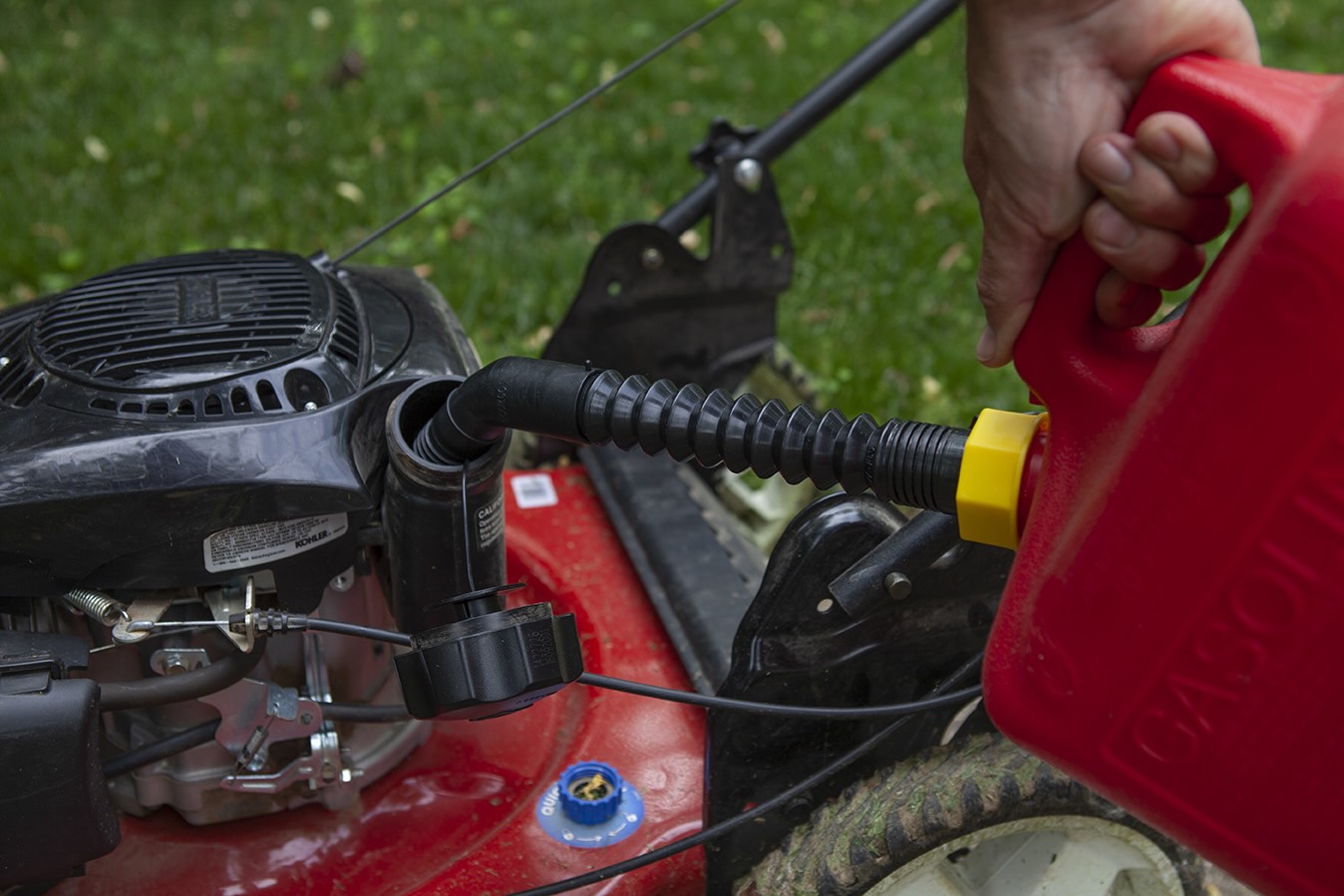
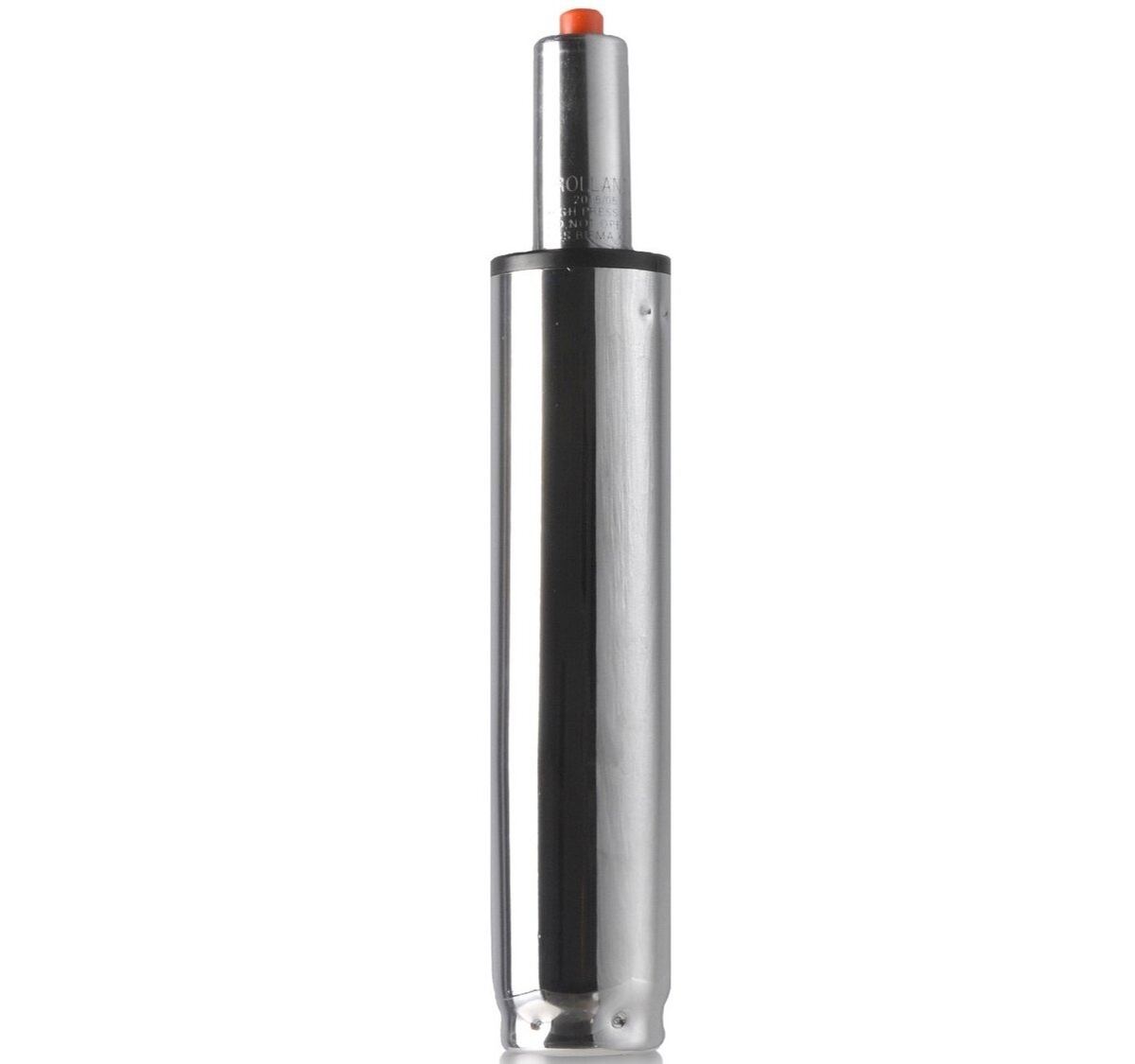
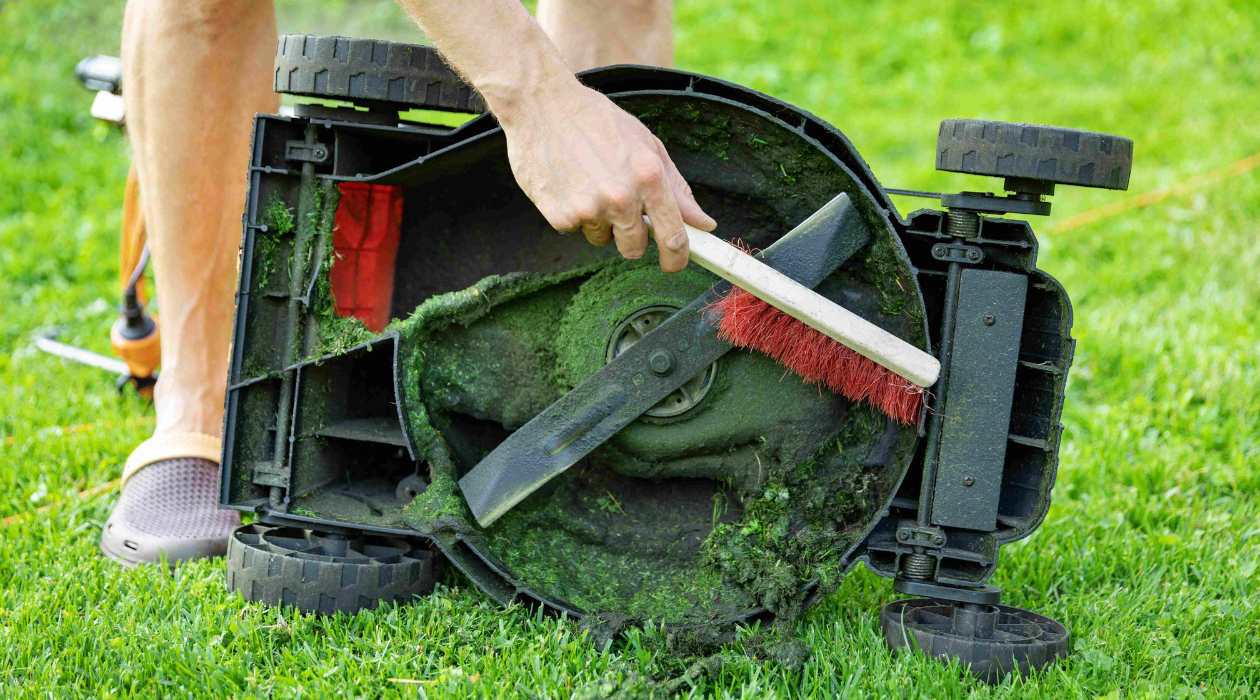

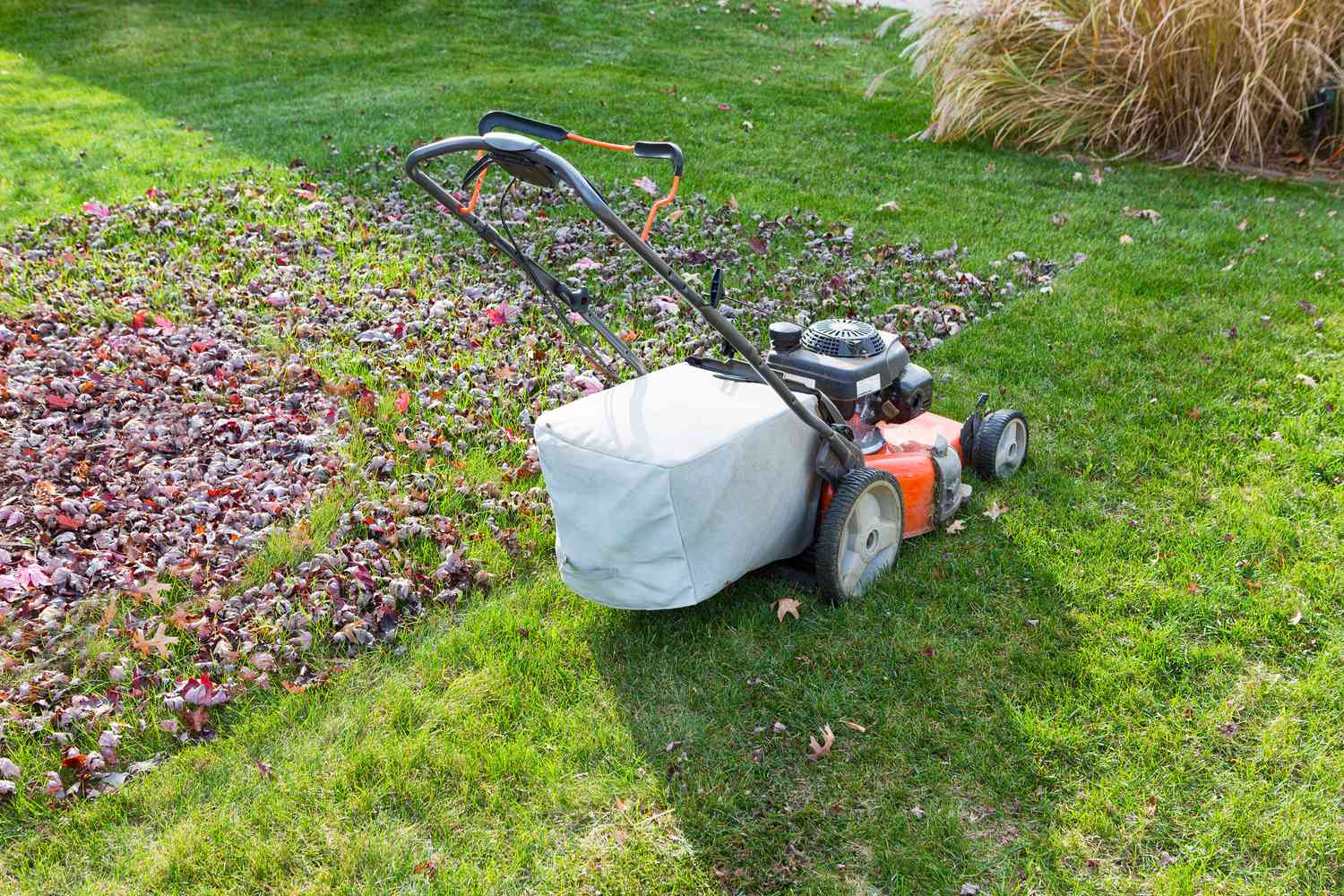

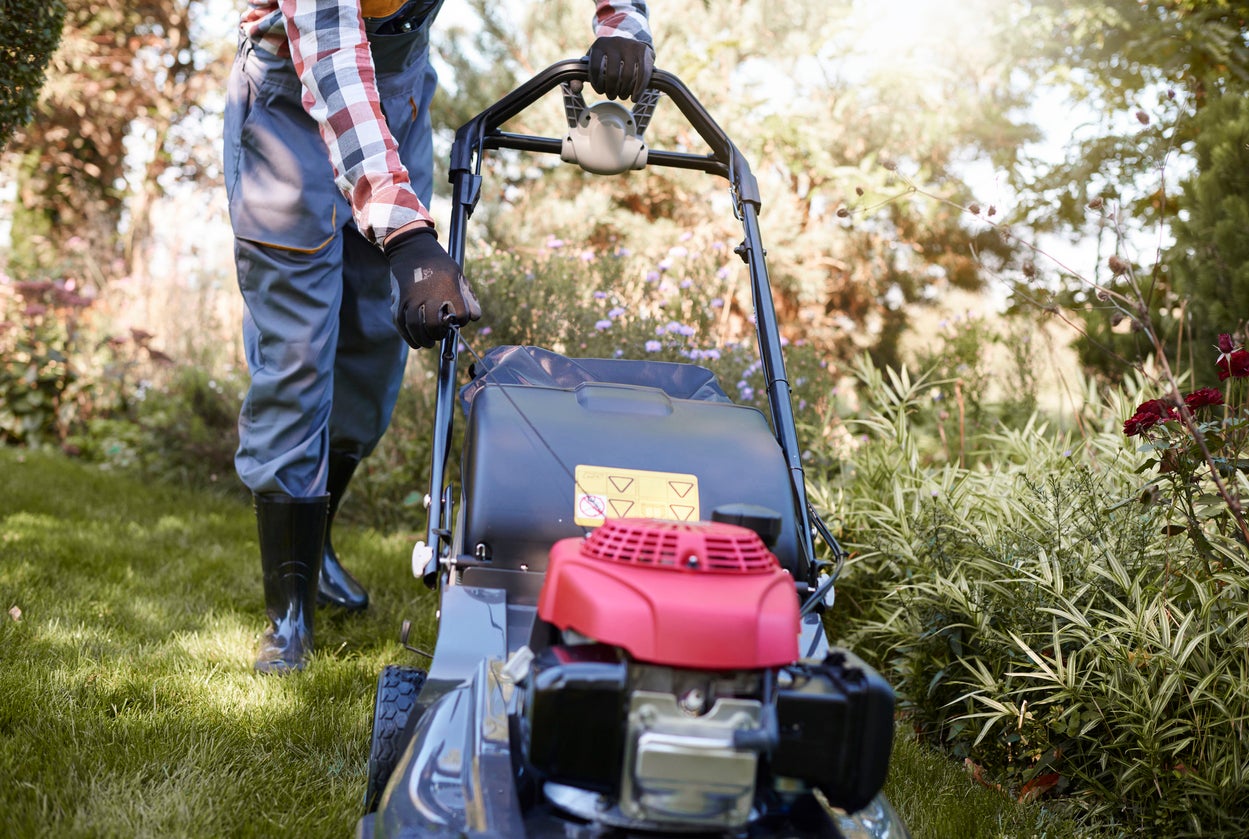
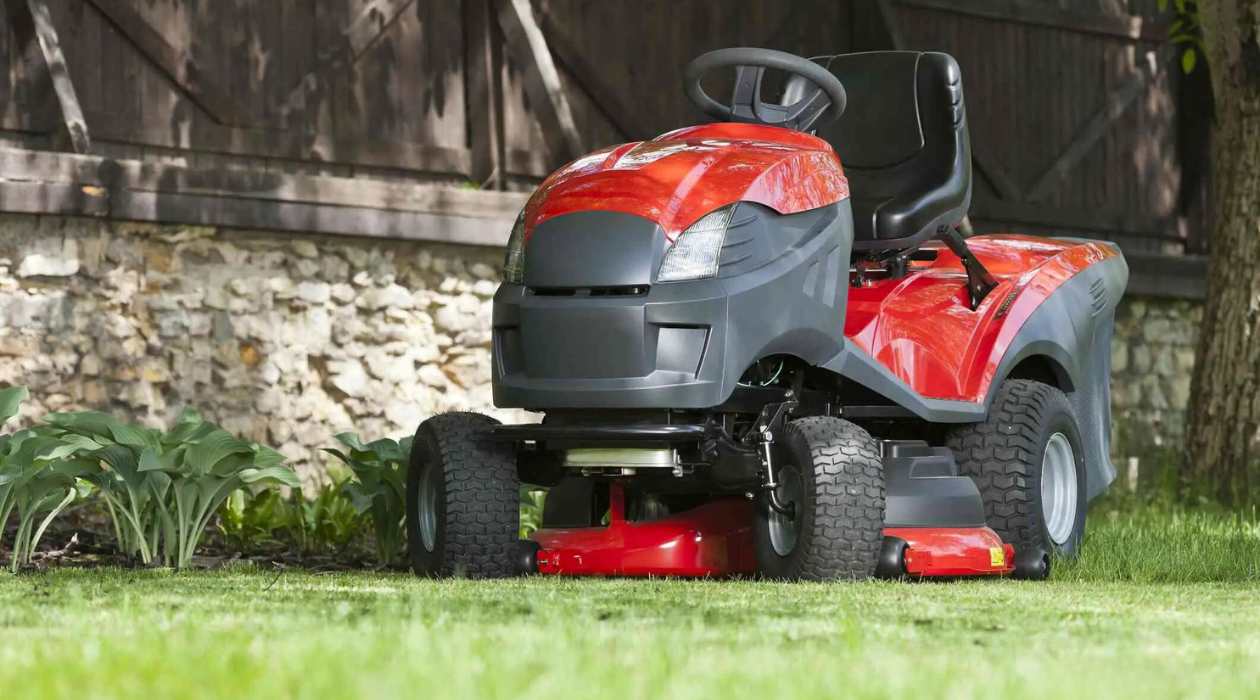


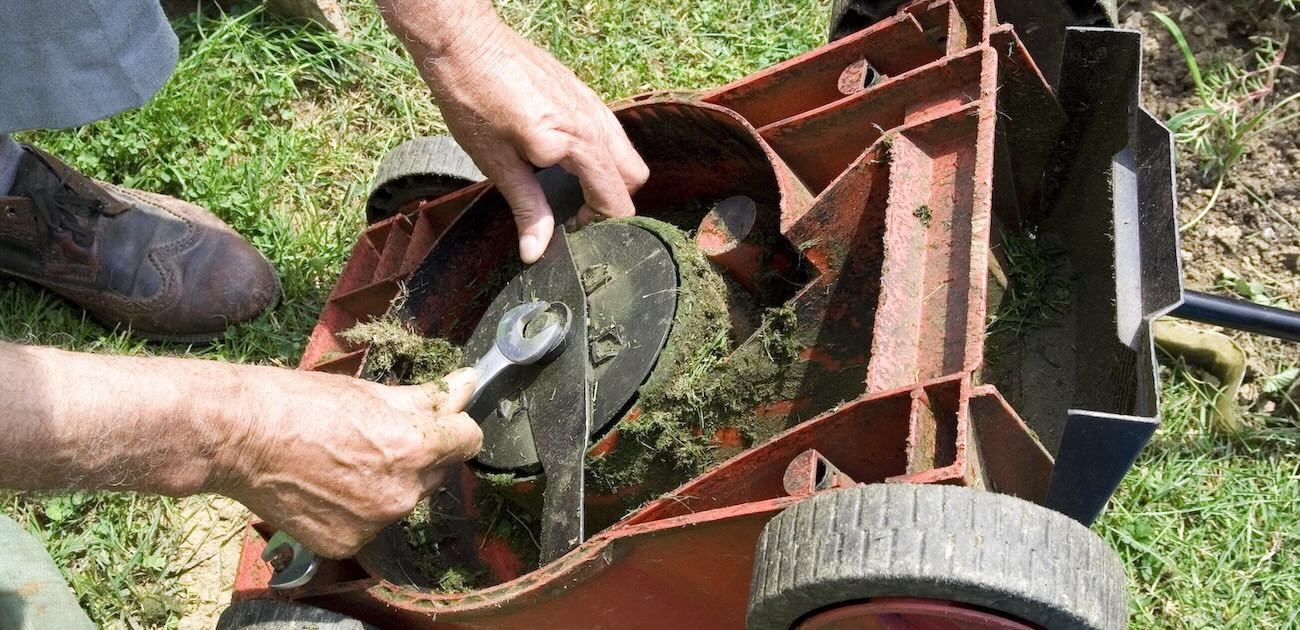
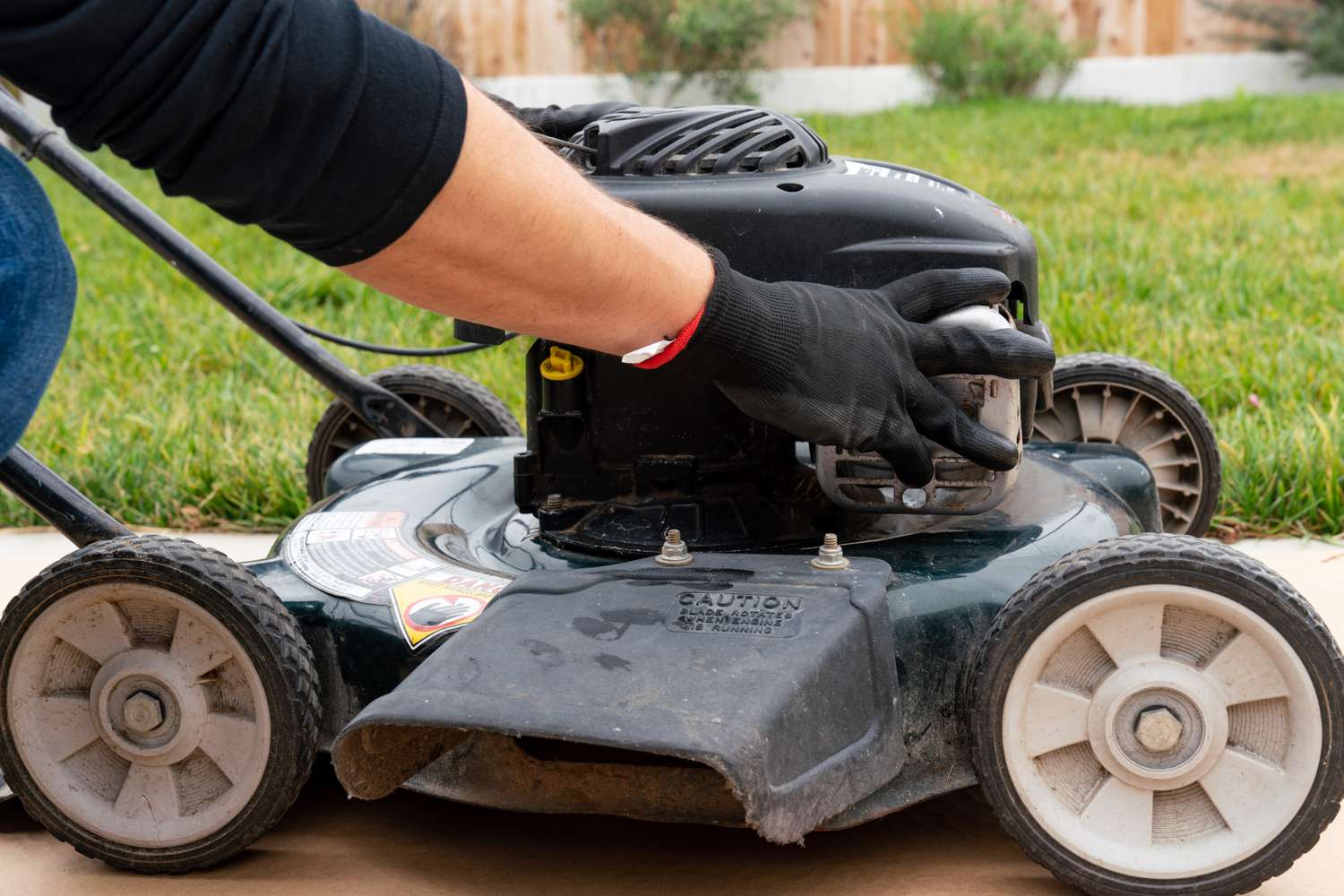



0 thoughts on “How To Remove Gas From A Lawnmower”